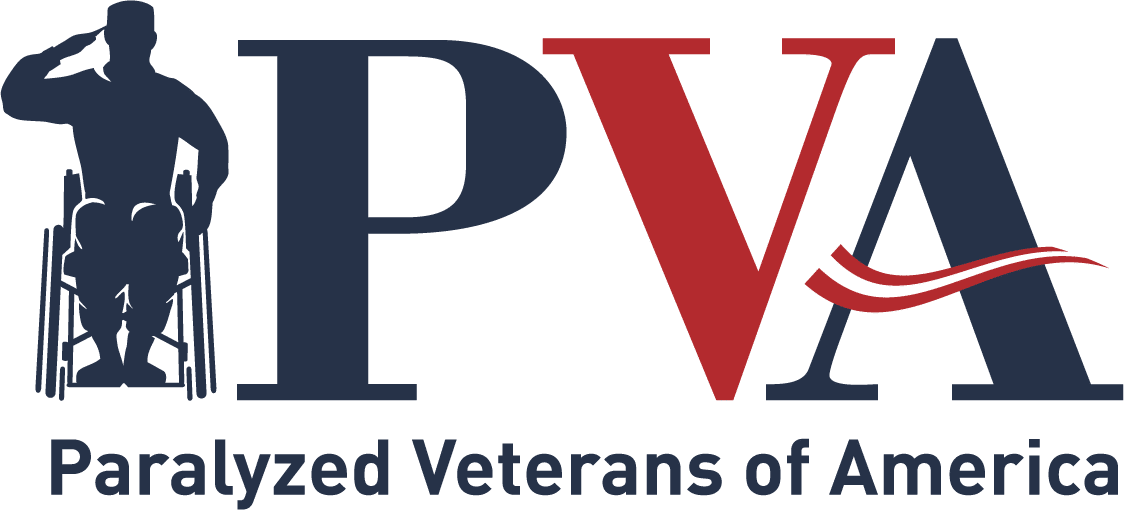For Navy veteran Tina Leet, handcycling and other adaptive sports have been the cure to the physical and emotional loss she felt following a life-changing injury and nerve disease that ended her beloved military career.
A native of Oconomowoc, Wis., Tina began dreaming of a career in the military at eight years old. At age 15, following the loss of her father, a friend introduced her to the Naval Sea Cadet Corps, a one-week condensed version of Naval basic training for kids. It was there that she learned not only to cope with her father’s death but that a career in the Navy was her dream job.
After graduating high school in 2005, Tina enlisted in the Navy and completed boot camp and training to become an aviation machinist and helicopter mechanic. Before leaving for an assignment in Japan, Tina injured her knee while snowboarding. Later, while serving in Japan, Tina endured a second injury as a result of a rough landing from a helicopter she was working on.
“When I went to the neurologist, they did some testing and found out I tore my sciatic nerve in half, and that I had a nerve disease that there was no cure for,” Tina says. “I urged the doctor to fix it so I could stay in the Navy.”
Tina was medevaced out of Japan to Balboa Naval Medical Center in San Diego in 2009, where she continued her rehabilitation and even began walking with the help of a spinal cord stimulator. But Tina endured another fall, and as her nerve disease progressed, she discovered that her hopes for a career in the Navy would come to an end after more than six years of service. “It was hard getting used to the civilian lifestyle and accepting that I wouldn’t be in the Navy anymore,” she says.
But after working with the Semper Fi Fund to receive a handcycle, Tina learned about the variety of adaptive sports programs available through Paralyzed Veterans of America. Tina was quickly put in touch with Jody Shiflett, adaptive cycling program consultant for Paralyzed Veterans, who, along with other members of the Paralyzed Veterans Racing Team, welcomed her as a mentee, competitor and part of the team.
“It’s been such great support, and it reminds me of being in the military because of the camaraderie,” she says. “It was huge, and it lifted me up after being out of the military for only a year. It was like a new military type of family, and the support is so huge.”
Tina completed her first half marathon in 2011, finishing in second place among female racers. In 2012, she completed her first full marathon with a seventh place finish overall and a first place finish among female racers. She also achieved strong finishes in the Army 10 Miler and Marine Corps Marathons in 2013.
Tina says her goal is continue to train for at least four marathons and two half marathons each year, hopefully improving enough to eventually qualify for the U.S. Paralympic team.
Tina hasn’t limited herself or her Paralympic goals to handcycling, instead fine-tuning her skills in a range of sports to satisfy her long-held passions for staying athletic and active. She’s discovered great passion and skill for mono skiing, with a recent race even qualifying her to attend the national championships. She hopes the national championships with set the stage for a possible spot on the U.S. Paralympic team.
Tina has also tried wheelchair tennis and hopes in the near future to take up wheelchair basketball and sled hockey.
Despite her success, Tina hasn’t lost her heart for inspiring and mentoring other paralyzed or injured veterans who may be going through the same motions as she in facing a life-changing prognosis.
“Keep your head up, adapt and overcome because there’s so much you can do,” Tina says. “And also keep your head out and look for adaptive sports. It’s a good outlet that gets you back to where you feel good about yourself and not restricted by your limitations or injuries.”
